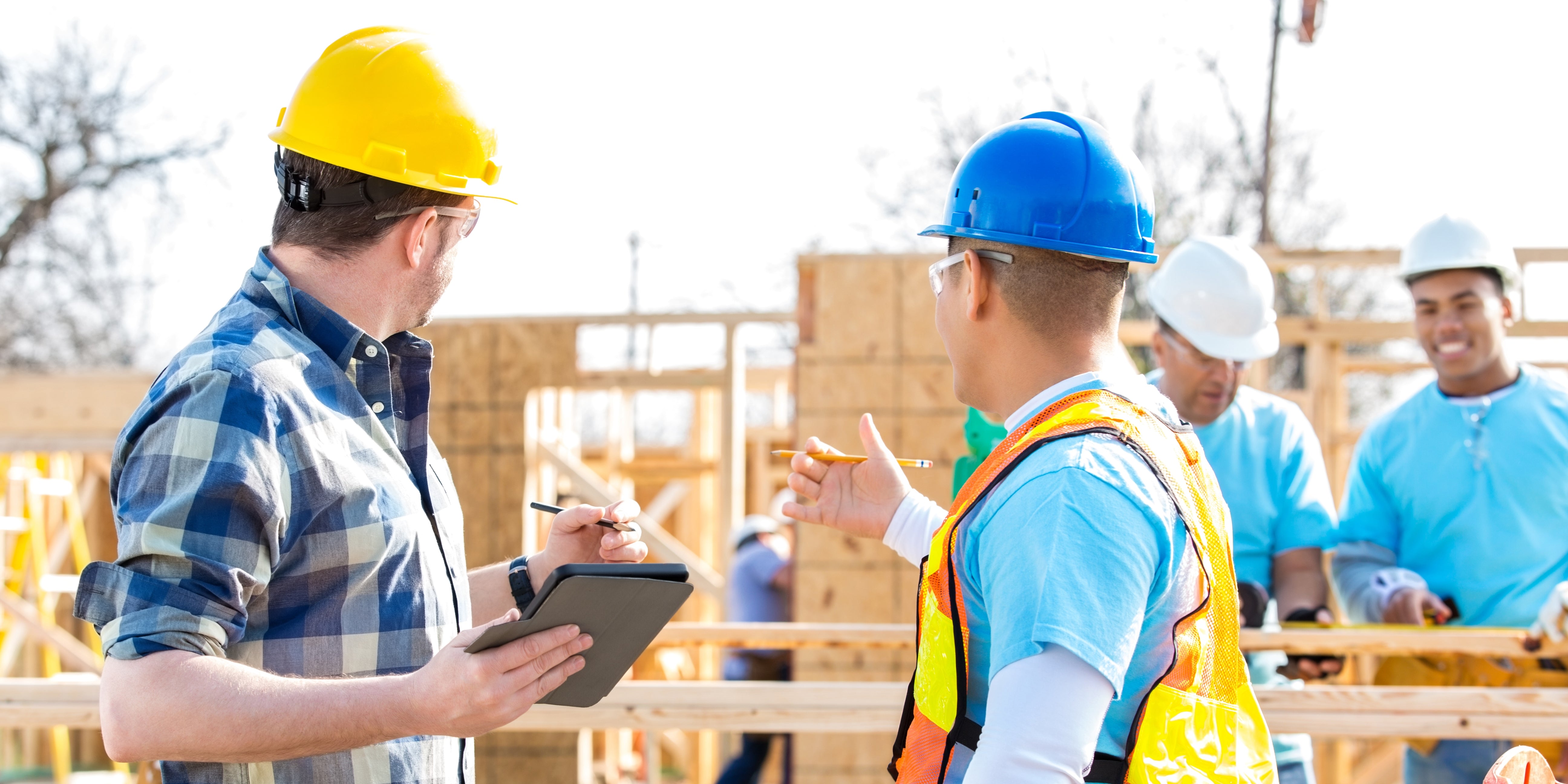Exploring the Cost-Effectiveness and Long-Term Benefits
Understanding the Initial Investment: Breaking Down the Costs of Hempcrete Construction
The initial investment in hempcrete construction can be slightly higher than traditional methods. These costs can be attributed to the sourcing of raw materials, labor, and specialised skills. The raw materials include hemp hurds, which come from the core of the hemp plant, and a lime-based binder, which is mixed with the hurds to produce hempcrete.
However, these costs are somewhat offset by hempcrete's versatility. Hempcrete is an adaptable material, able to be applied as blocks, sprayed on, or used as a plaster, which can result in labor savings. Furthermore, because hempcrete is lighter than traditional concrete, transportation and handling costs can be reduced.
Moreover, hempcrete buildings require less complex infrastructure for heating, ventilation, and air conditioning (HVAC), due to their high thermal insulation, which can also lead to cost savings. But, like any innovative technology, there is a learning curve. Builders may need to invest in training and equipment to ensure high-quality installation, thereby potentially adding to the initial costs.
Another factor to consider is the cost of obtaining building permits and passing inspections, as hempcrete is still a relatively new material in the construction industry. This may cause delays or increased costs, especially in regions where the use of hempcrete is not widely recognised or understood by local authorities.
Energy Efficiency at Its Core: How Hempcrete Reduces Long-Term Operational Expenses
One of the key advantages of hempcrete is its energy efficiency, which significantly reduces long-term operational costs. Hempcrete has a unique thermal mass that enables the material to regulate temperature and humidity, thus minimising the reliance on artificial heating and cooling systems. This results in substantial energy savings, which can drastically reduce operational costs over the lifetime of a building.
Research has shown that hempcrete can maintain a steady indoor temperature, decreasing the need for energy-intensive HVAC systems. This natural insulation can result in energy savings of up to 70% compared to conventional building materials.
Beyond energy savings, hempcrete's inherent thermal performance can also provide a healthier indoor environment, reducing potential health-related costs. Hempcrete is known for its ability to absorb and release moisture, improving indoor air quality and preventing mold growth, which can be detrimental to health and expensive to remediate.
However, measuring the long-term operational costs savings of hempcrete can be a complex task. Energy costs fluctuate, making it difficult to predict the exact savings over time. Moreover, these savings can be affected by factors such as the design of the building, local climate, and occupant behavior.
Beyond Energy Savings: Exploring the Hidden Financial Benefits of Hempcrete
While energy savings are a significant aspect of the financial benefits of hempcrete, they are by no means the only advantage. One often overlooked aspect is the material's resistance to pests and fire. Hempcrete's natural resistance to rodents and insects can save owners the cost of frequent fumigation and repairs, which are often necessary with other building materials.
In addition, the fire resistance of hempcrete can significantly reduce insurance premiums and the potential cost of fire damage repairs. Because hempcrete does not release toxic fumes when exposed to heat, it also reduces potential health-related expenses in the event of a fire.
Furthermore, hempcrete structures are known for their acoustic performance, reducing noise pollution and providing a more comfortable living or working environment. This attribute can increase a building's desirability, attracting potential tenants and increasing rental income.
Despite these financial benefits, it's essential to note that these advantages depend on a well-executed design and construction process. Poorly constructed hempcrete buildings may not fully harness these benefits, underscoring the importance of skilled labor and proper planning in a hempcrete project.
Longevity Matters: Why Hempcrete Offers Durability and Cost-Savings Over Time
Hempcrete is not only cost-effective and energy-efficient, but it also stands the test of time. Unlike traditional building materials that can degrade under weather conditions, hempcrete actually gets stronger over time. This is due to the process of carbonation, where the lime binder absorbs carbon dioxide from the atmosphere, hardening the hempcrete and increasing its durability.
In addition, hempcrete is resistant to rot and molds, which can cause significant damage to conventional buildings, leading to expensive repairs or even replacement of materials. This durability translates into substantial cost savings over the building's life span.
However, while hempcrete's durability is a significant benefit, it's worth noting that like any other building material, hempcrete requires regular maintenance to maintain its effectiveness. Although the maintenance costs are generally lower than those of conventional buildings, they are not nonexistent and should be factored into the overall cost analysis.
Government Incentives and Grants: How Hempcrete Can Help Lower Construction Expenses
In many regions, government incentives and grants are available for green building initiatives, which can help offset the initial costs of hempcrete construction. These can range from tax credits and rebates for energy-efficient buildings, to grants for innovative construction methods.
For instance, the use of hempcrete can contribute to achieving green building certification standards such as LEED (Leadership in Energy and Environmental Design), which can result in further financial benefits. Achieving such certifications can also enhance the building's value and appeal to eco-conscious buyers or tenants, leading to higher occupancy rates or sale prices.
However, navigating the world of government incentives and grants can be a complex and time-consuming task. It requires a thorough understanding of the available programs and the eligibility criteria. Therefore, it is often beneficial to seek professional advice or hire a consultant to ensure that all potential benefits are explored and utilised.
ROI Analysis: Assessing the Return on Investment in Hempcrete Construction
While hempcrete might have a higher upfront cost, the return on investment (ROI) can be significant when considering the reduced operational expenses, longevity of the material, and potential government incentives. When these factors are taken into account, the payback period for the additional investment in hempcrete can be relatively short.
In ROI calculations, it's crucial to consider not just the monetary benefits, but also the intangible ones such as improved indoor air quality, noise reduction, and a healthier living environment. These aspects can greatly enhance occupant comfort and well-being, potentially leading to higher productivity in workspaces and better quality of life in residential buildings.
However, it's worth noting that ROI can vary greatly depending on a variety of factors, including the design of the building, local climate conditions, and energy costs. Therefore, it's essential to conduct a thorough analysis specific to each project to accurately estimate the potential ROI.
Maintenance and Repair: Unveiling the Minimal Costs Associated with Hempcrete Buildings
Another benefit of hempcrete is its low maintenance and repair costs. Thanks to its natural resistance to pests, molds, and fire, hempcrete buildings often require less maintenance than conventional buildings. In addition, hempcrete's durability and the continual strengthening process through carbonation can minimise the need for costly repairs over the building's lifespan.
It's important to note, however, that while hempcrete's maintenance costs are generally lower, they are not entirely eliminated. Regular inspections and preventative maintenance are still necessary to ensure the longevity and performance of the building. Additionally, because hempcrete is a relatively new material in the construction industry, finding skilled labor for these maintenance tasks can sometimes be a challenge.
Resale Value: How Hempcrete Can Boost Property Value and Attract Potential Buyers
Hempcrete's many benefits not only save money over time but can also increase the resale value of a property. Buildings constructed with hempcrete are often more energy efficient, durable, and comfortable, which can make them more appealing to potential buyers. In addition, the growing demand for sustainable and eco-friendly buildings could further increase the market value of hempcrete properties.
With increased public awareness of climate change and the environmental impact of buildings, more and more buyers are seeking out green properties. As a result, hempcrete buildings can command higher prices compared to traditional constructions. This increased value, combined with the long-term cost savings, further boosts the return on investment for hempcrete.
However, while there's a growing interest in sustainable building materials, the market for hempcrete buildings is still relatively new. This can lead to a degree of uncertainty when predicting the future resale value, especially in regions where green buildings are less common.
Insurance Benefits: Exploring Lower Premiums and Risk Mitigation with Hempcrete
Another often overlooked financial benefit of hempcrete is its potential to reduce insurance premiums. Because of hempcrete's natural fire resistance and durability, some insurance companies offer lower premiums for hempcrete buildings compared to those built with more traditional materials.
In addition, hempcrete's resistance to mold, pests, and decay can reduce the risk of costly damage and subsequent insurance claims. Over time, these lower premiums and reduced risk can result in substantial savings, further enhancing the cost-effectiveness of hempcrete.
However, it's important to note that insurance benefits can vary significantly by region and provider. It's essential to engage in detailed discussions with insurance companies to understand the potential savings and to ensure that hempcrete buildings are appropriately covered.
Economic and Environmental Synergy: How Hempcrete Supports Sustainable Construction Practices
Finally, it's essential to acknowledge the broader economic and environmental benefits of hempcrete. By choosing hempcrete, builders and homeowners can contribute to a more sustainable construction industry, reducing the sector's carbon footprint and supporting the growth of the hemp industry, a sustainable and versatile crop.
Hempcrete's carbon-negative profile means that it absorbs more carbon dioxide during its growth and usage than is emitted during its production, contributing to climate change mitigation. By investing in hempcrete, owners can demonstrate their commitment to sustainability, which can enhance their reputation and appeal to eco-conscious customers or tenants.
Furthermore, the growth of the hempcrete market can stimulate local economies by creating jobs in hemp cultivation, processing, and construction. By opting for hempcrete, owners can contribute to economic development while creating a sustainable and efficient building.
While hempcrete offers many advantages, it is not a one-size-fits-all solution. The suitability of hempcrete can depend on factors such as the local climate, building design, and the availability of raw materials and skilled labor. A comprehensive cost-benefit analysis should be conducted for each project to ensure that hempcrete is the right choice.
Summary
Initial Investment in Hempcrete Construction
- Hempcrete's higher upfront cost comes from unique materials like hemp hurds and lime binder. Its versatility and light weight can save on labor and transport costs.
Energy Efficiency and Operational Savings
- Hempcrete cuts energy costs by regulating temperature and humidity, possibly saving up to 70%. It improves air quality, reducing health costs, but exact savings are hard to predict.
Beyond Energy: Financial Benefits
- Hempcrete's pest and fire resistance and soundproofing save on fumigation, repairs, and insurance. These benefits depend on good construction and design.
Durability and Long-Term Savings
- Hempcrete gets stronger over time, resisting rot and mold, leading to fewer repairs. It needs less maintenance than traditional materials.
Government Incentives for Hempcrete
- Financial incentives like tax credits for hempcrete can offset initial costs. Expertise is needed to navigate these incentives.
ROI of Hempcrete
- Hempcrete's ROI includes lower operational costs and improved air quality. ROI depends on design, climate, and energy costs, requiring specific analysis.
Maintenance and Repair Costs
- Hempcrete's natural resistance lowers maintenance and repair costs. Regular checks and upkeep are still needed.
Increasing Property Value
- Hempcrete boosts resale value due to its efficiency, durability, and eco-appeal. The hempcrete market is growing, but resale values can vary.
Insurance Advantages with Hempcrete
- Hempcrete's fire resistance and durability can lower insurance premiums. Savings vary, and discussions with insurers are crucial.
Economic and Environmental Impact
- Hempcrete aids sustainable construction, lowering carbon emissions and boosting local economies. Its suitability depends on local factors and project needs.



Leave a comment